Reportar esta entrada
Más sobre la misma comunidad-colección
Vestíbulo - Interior del Camino Real - El Paso, Tejas
Title: S. EL PASO ST., 115-117 S. EL PASO ST., INTERIOR, LOBBY - ...
Rosa Washington, ex-esclava, El Paso
Rosa Washington of El Paso, Texas who was an ex-slave. Date of ...
Mexicanas entrando a los Estados Unidos
United States immigration station, El Paso, Texas - June 1938
Palacio de Justicia de EE.UU. en El Paso
The image shows the El Paso U. S. Courthouse. The U.S. District ...
Valla de Bataan Trainway -cruzamiento recuperada
Artist: Bruce Taylor The work relies heavily upon the use of ...
Valla de Bataan Trainway- La Plaza de Los Lagortos
Artist: Leticia Huerta Huerta’s design concept is inspired ...
Estadio de béisbol en el centro de la ciudad
Since spring 2014 the ballpark is home of El Paso's Triple A ...











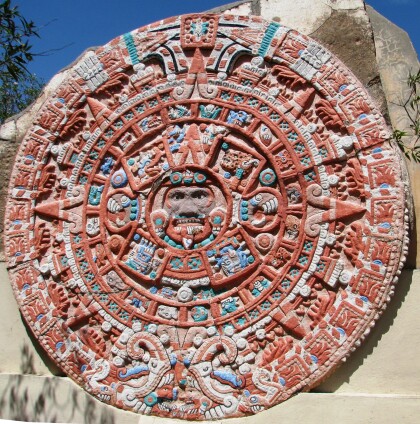
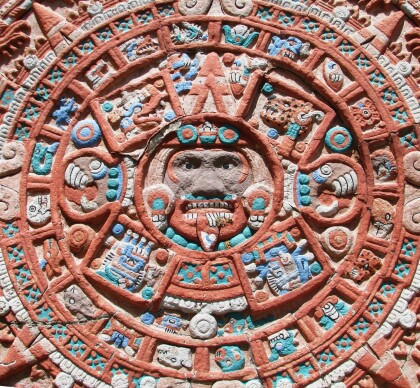
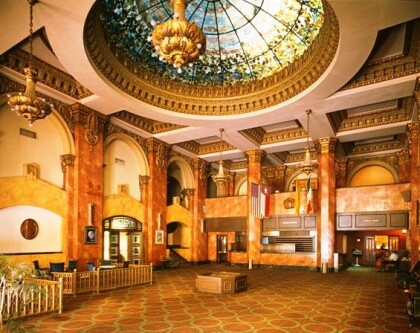
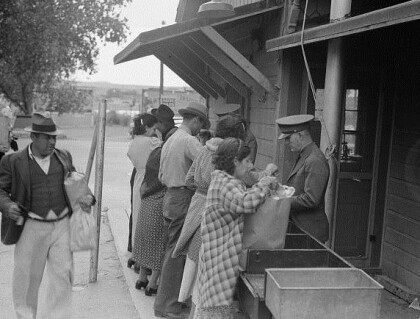
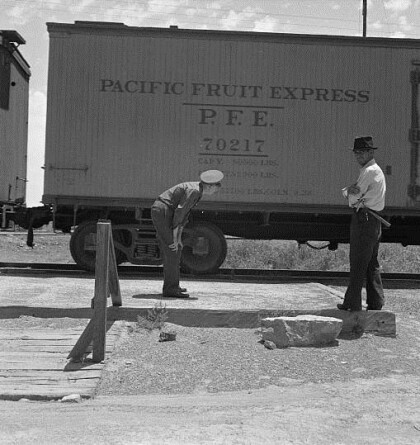
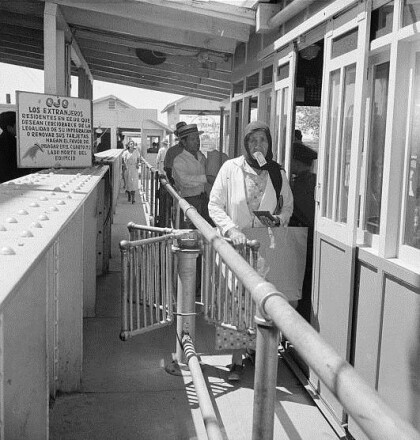
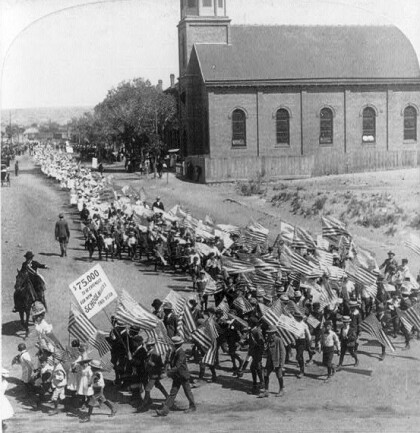
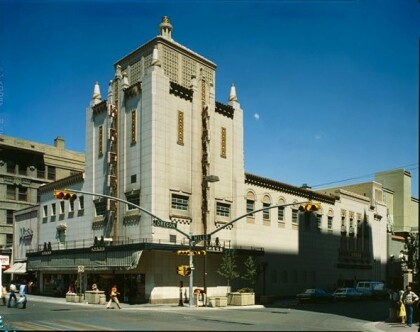
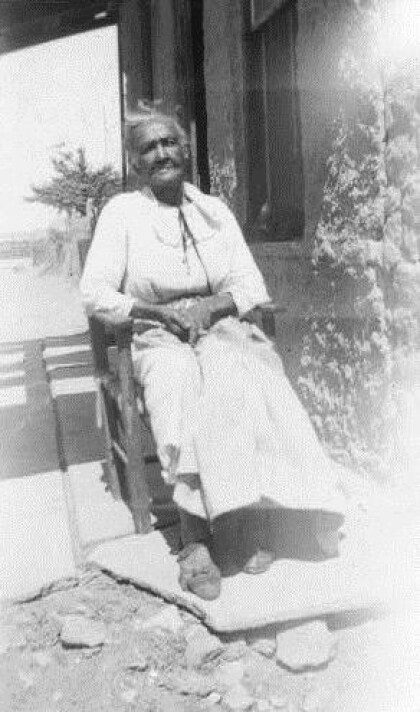
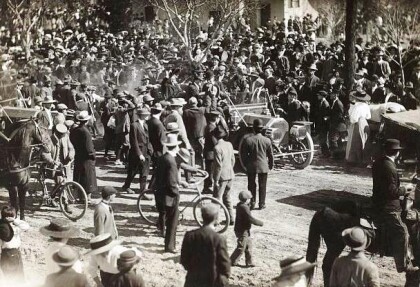
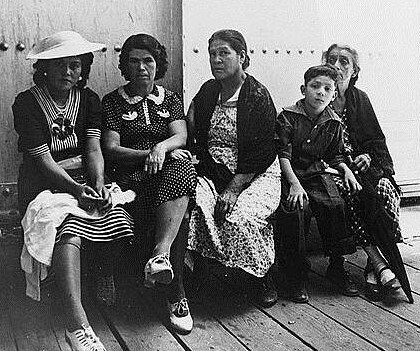
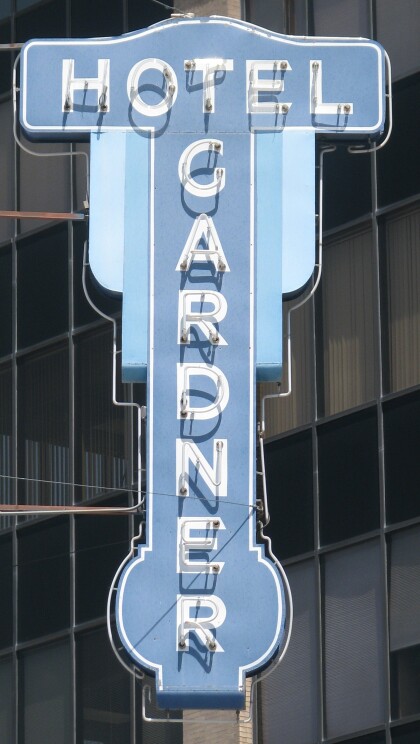
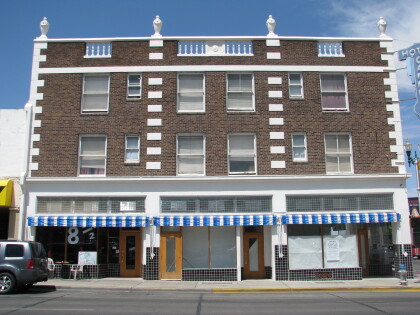
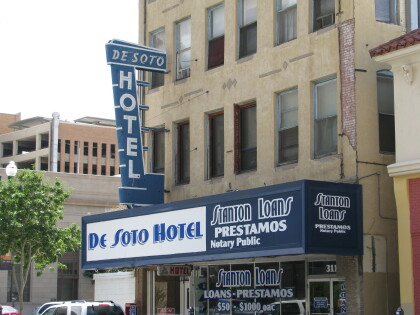
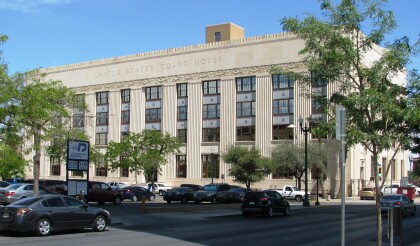
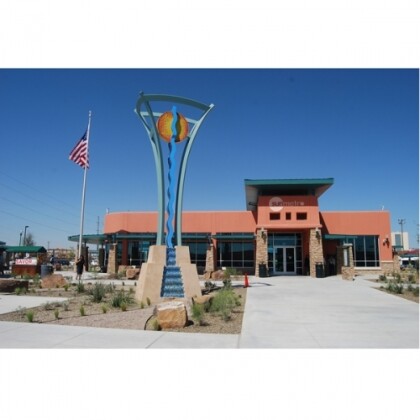
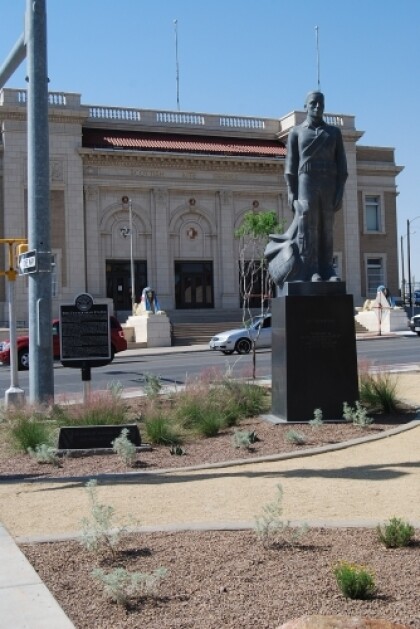
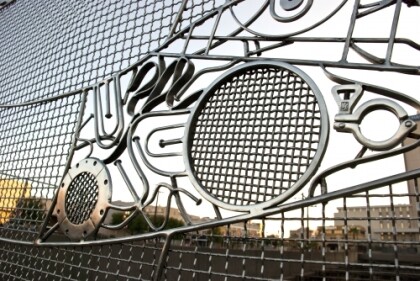
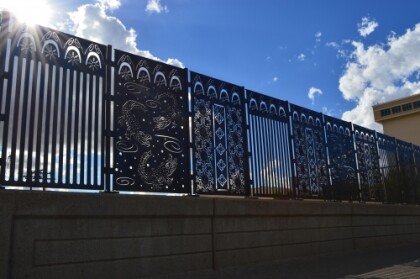
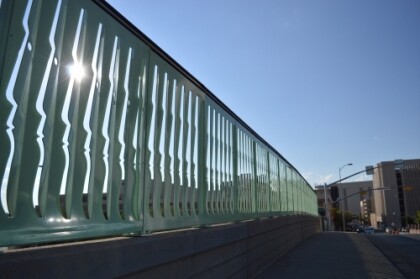
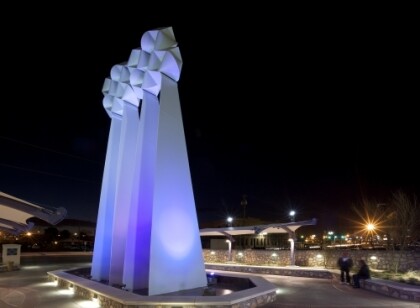
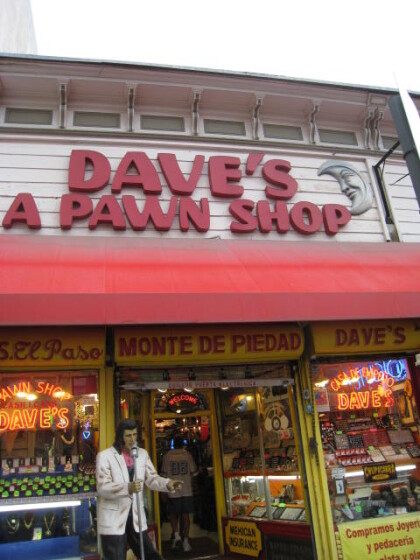
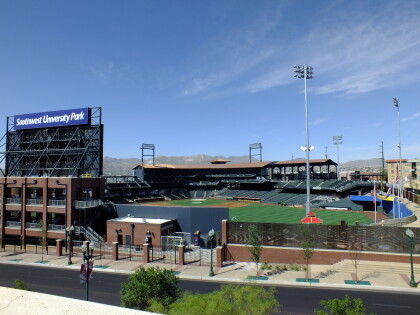
Comentarios
Hacer un comentario